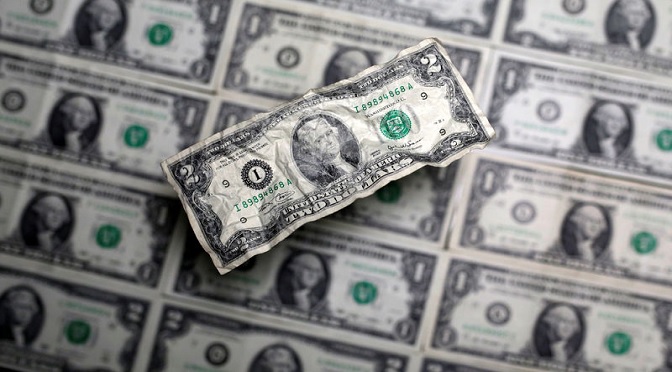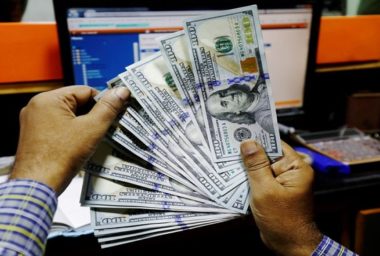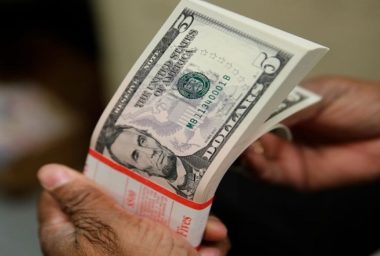-
Authoradmin
-
Comments0 Comments
-
Category
By Tommy Wilkes
LONDON (Reuters) – The Australian and Canadian dollars rose on Tuesday, aided by a surge in oil prices to five-month highs that lifted most commodity-linked currencies.
Oil prices have rallied on expectations that global supplies would tighten due to fighting in Libya, OPEC-led cuts and U.S. sanctions against Iran and Venezuela, although energy prices slipped slightly on Tuesday.
The Australian dollar rose 0.3 percent to $0.7151 after earlier touching a three-week high.
Canada’s currency firmed to C$1.3293, its strongest since March 21.
Societe Generale (PA:SOGN) analyst Kit Juckes noted that while oil exporter currencies including the Russian rouble, Mexican peso, Canadian dollar and Norwegian crown were all performing well, significant importer nation currencies like the Turkish lira, Korean won and Indian rupee had suffered.
“I wouldn’t want to push this theme too far but we’ll stay long NOK against EUR and USD,” he wrote in a daily note.
Foreign exchange moves elsewhere were limited on Wednesday. The U.S. dollar fell for a second consecutive day while Washington’s proposed list of tariffs on European goods had no immediate impact on the euro.
Analysts, however, said they did not expect that to last.
“Even if these tariffs are going to have limited overall real economic impact they would nonetheless come at a bad moment, as the euro zone economy is already weakening,” Commerzbank (DE:CBKG) analyst Thu Lan Nguyen said.
“Any additional headwinds would further dampen the prospect of a rapid recovery and fuel speculation about further ECB measures. The euro is likely to continue struggling in this environment.”
The euro rose 0.1 percent to $1.1275 with traders also preparing for Wednesday’s European Central Bank meeting.
The dollar slipped 0.1 percent to 96.915, its second day of losses.
Sterling jumped beyond $1.31 on a media report that German Chancellor Angela Merkel was willing to put a five-year limit on the Northern Ireland backstop proposal, in a move that could help convince euroskeptics to back British Prime Minister Theresa May’s deal and help end a deadlock over Brexit.
The Norwegian crown strengthened 0.1 percent to 8.5335 per dollar after rallying 0.7 percent on Monday thanks to the higher oil price. It was also marginally up versus the euro.
The crown was also boosted after Norges Bank Governor Oeystein Olsen said on Monday that policymakers would continue to hike interest rates over the coming months, putting the bank in contrast to most that have pledged to keep rates low for longer in the face of weakening economic momentum.
The Japanese yen gained 0.2 percent to 111.325 yen per dollar.
Recent Comments
- Starlight Herot on Euro Higher on German Data, Sterling Edges Lower
- Frost Dragont on Euro Higher on German Data, Sterling Edges Lower
- Gwinnettt on Euro Higher on German Data, Sterling Edges Lower
- Vanessat on Euro Higher on German Data, Sterling Edges Lower
- Christinet on Euro Higher on German Data, Sterling Edges Lower
Archives
- April 2025
- March 2025
- February 2025
- January 2025
- December 2024
- November 2024
- October 2024
- February 2024
- July 2023
- July 2021
- May 2021
- March 2021
- February 2021
- September 2020
- May 2020
- February 2020
- December 2019
- November 2019
- October 2019
- September 2019
- August 2019
- July 2019
- June 2019
- May 2019
- April 2019
- March 2019
- February 2019
- January 2019
- December 2018
- November 2018
- October 2018
- September 2018
- August 2018
- July 2018
- June 2018
- May 2018
- April 2018
- March 2018
- February 2018
- January 2018
- December 2017
- November 2017






